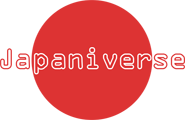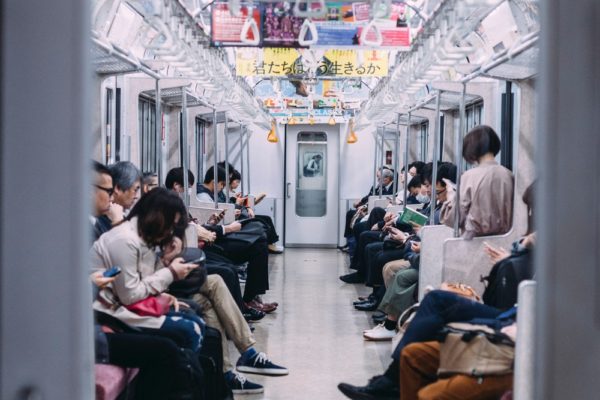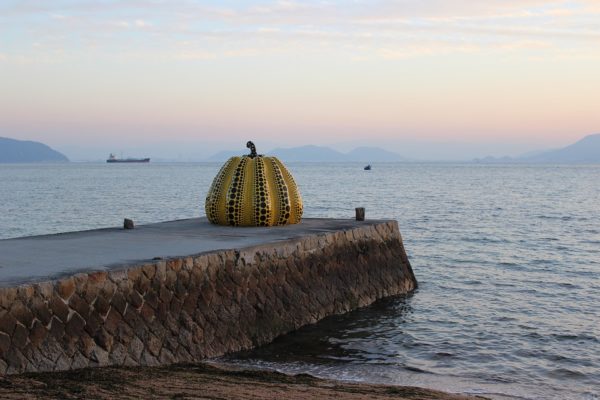In a polite society such as Japan, having good manners and demonstrating good etiquette is a must. Thus, it is not hard to imagine that the Japanese have an entire phrasebook of greetings that are used in all situations, including both business and daily scenarios. In this article, let’s look at some of the most basic set of greetings that are essential in everyday life.
NON-VERBAL CUES
Before we look at greeting phrases, let’s first look at some of the non-verbal cues that are just as important as the words.
1. Expression
It is usual for Japanese people to accompany greetings with a smile. However, an open-mouth smile that shows teeth can be seen as too forward, so you’ll notice that many Japanese people, especially the ladies, tend to smile with lips closed.
Of course, smiling may not be appropriate for all business situations. Thus, take note of the tone or atmosphere of the scene to decide if a smile will be appreciated.
2. Tone of voice
When greeting someone, do it in a cheerful tone! It is also important to speak in a clear voice so that the listener can understand you easily.
3. Gaze
Eye contact isn’t a big thing in Japan, where many people avert or lower their gaze as a sign of respect to the other party. However, it is always polite to meet the other person’s eyes when greeting them, just be careful not to continue staring too much!
4. Bowing
Bowing is the easiest way to show respect in Japan, and a Japanese person does it many many times during the day! When greeting someone casually, it is good manners to accompany that greeting with a slight bow of your head.
In business situations, bows are more complex, but you can usually get by with a 20-30 degrees bow from the waist.
CASUAL GREETINGS
Next, let us look at some casual greetings. Similar to in English, the phrases used are different depending on the time of day, your relationship to the person you are speaking to, and many other factors.
SAYING HELLO
Let’s look at some phrases which are used at different times of the day. These greetings are used as a start when you see that person for the first time that day.
• Good morning – “Ohayou gozaimasu.” (おはようございます。) – You can just use “Ohayou.” for a more casual greeting.
• Good afternoon – “Konnichiwa.” (こんにちは。) – It can also be used to mean ‘hello’,
• Good evening – “Konbanwa.” (こんばんは。)
If you are meeting someone for the very first time, the following phrase is used before you introduce yourself.
• Nice to meet you. My name is ~. – “Hajimemashite. Watashi wa ~ desu.” (はじめまして。私の名前は〜です。)
If you really want to impress the other person, you can add the following phrase after introducing your name.
• Pleased to make your acquaintance. – “Yoroshiku onegaishimasu.” (よろしくお願いします。) – You can just use “Yoroshiku.” in a more casual situation.
In the case when you haven’t seen the other person for a long time, we usually use this phrase instead of “konnichiwa”.
• Long time no see. – “Hisashiburi.” (久しぶり。)
SAYING GOODBYE
At the end of the conversation, there are a few ways to bid goodbye to the other person. Let’s look at some of them and the situations we use them in.
“Sayonara” is probably the most common goodbye phrase that many foreigners know of. However, it is actually very rarely used in day-to-day conversations in Japanese society. That’s because “sayonara” holds the meaning of a final goodbye. Therefore, if you are probably seeing the other person again someday, “sayonara” is not a greeting that you should use.
The most basic and common form of goodbye is “mata”, which can be translated to mean ‘see you’. There are many words that you can attach after “mata” to customize the greeting to each situation. Here’s a list of the most common forms.
• See you again. – “Mata ne.” (またね。)
• See you tomorrow. – “Mata ashita.” (また明日。)
• See you next week. – “Mata raishuu.” (また来週。)
Choosing the best reply depending on when you’ll meet the listener again is a great way to customize your greeting and make you sound more natural!
Of course, with the influence of Western culture, ‘bye bye’ (バイバイ) itself has also become a much-used greeting, especially among the younger generation.
TELEPHONE GREETINGS
When answering a phone call, there are a set of special greetings that are used.
• Hello – “Moshimoshi.” (もしもし。)
• Goodbye – “Shitsurei shimasu.” (失礼します。)
“Shitsurei shimasu” is a polite way to say ‘excuse me’, and is used to end phone conversations politely, indicating that you are sorry for taking up the other person’s time and attention by talking to them over the phone.
Try these phrases out the next time you speak with your Japanese friend! Keep practicing, and you can surely impress them with how natural you sound greeting them like a real Japanese person!



